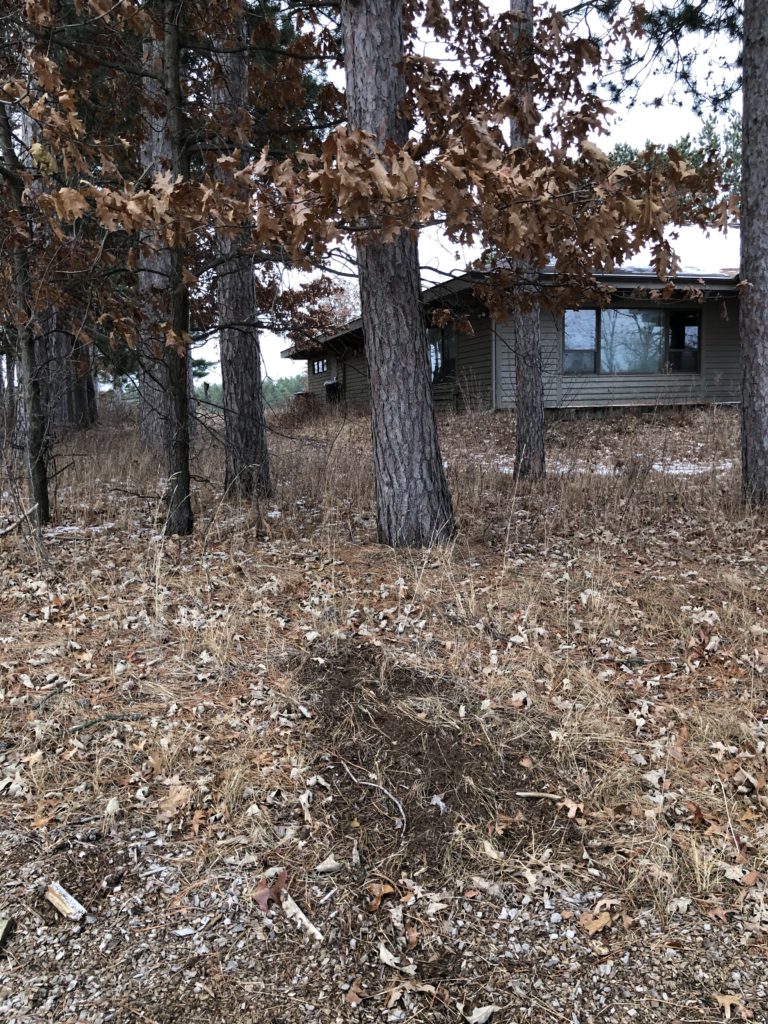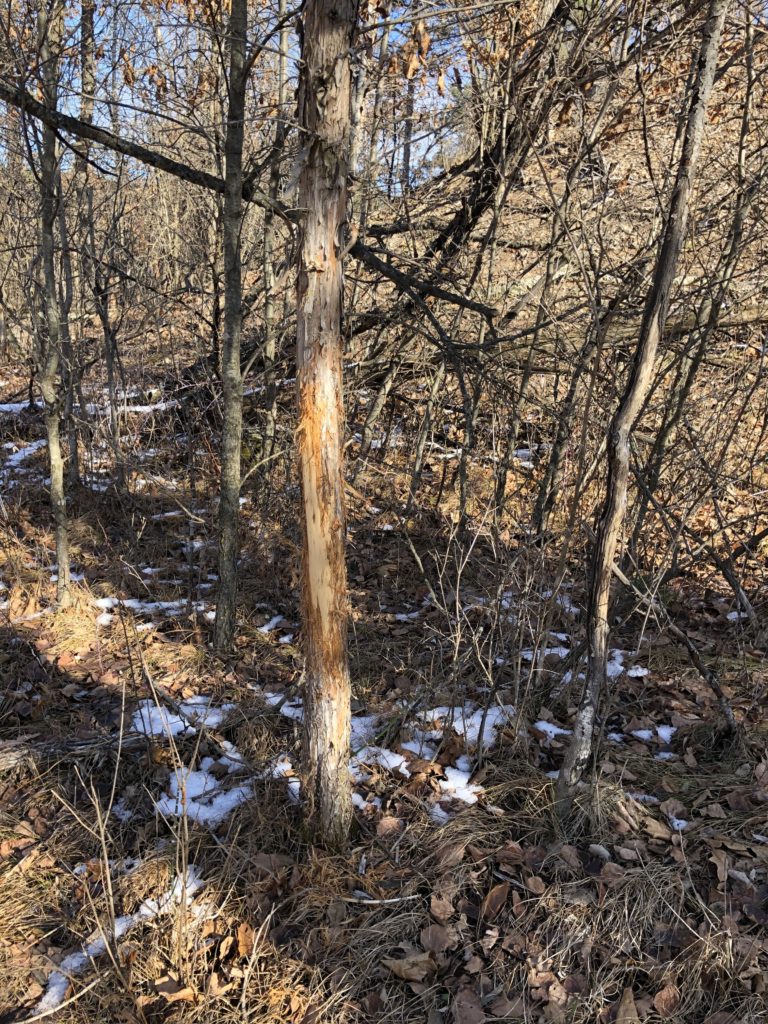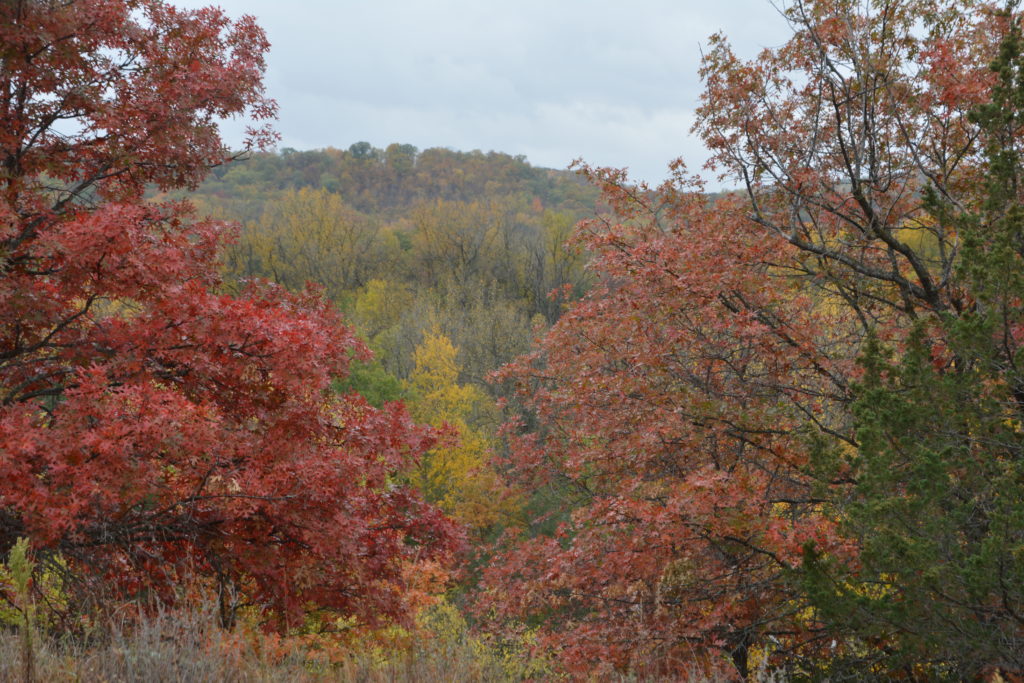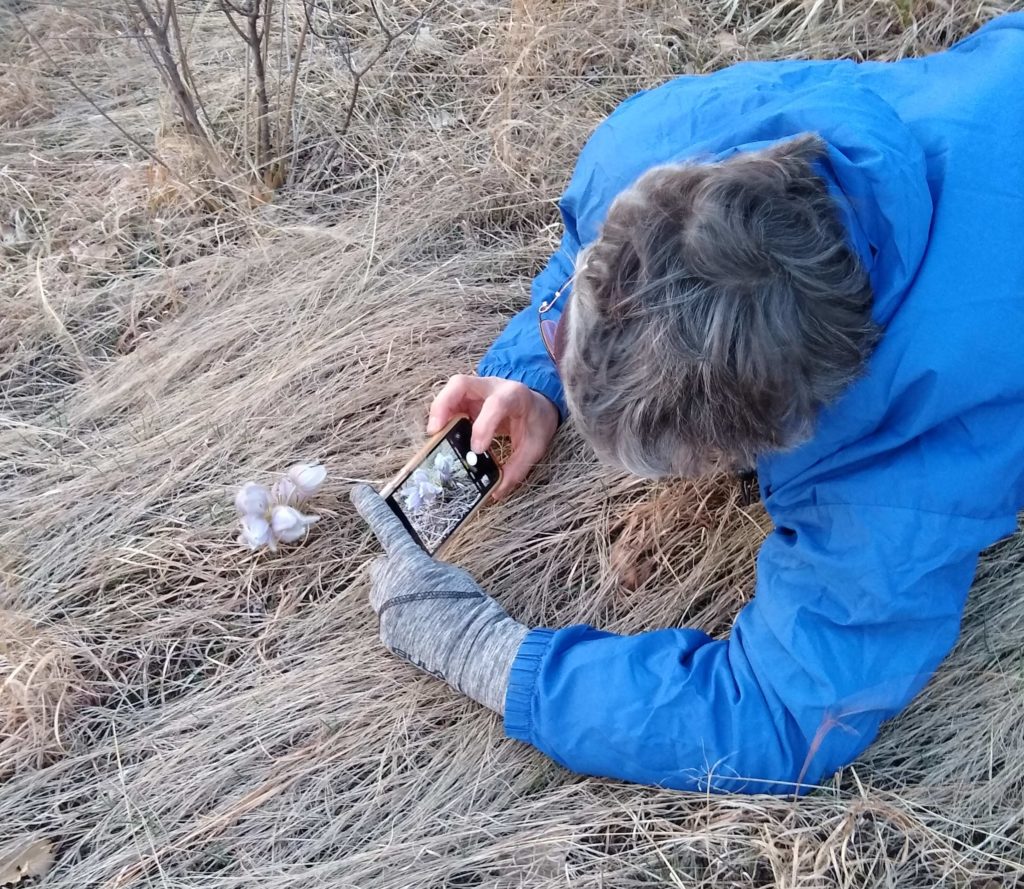It’s a quiet morning. The predawn sky is milky white with scattered clouds. The air has that delicious briskness of late fall. Standing silently at the edge of the pond I slowly pan my gaze from left to right, looking for any movement, any sign of the diurnal world waking up. I hear the first crow in the distance and then…so fluid and effortless… I see the sleek upward movement of a head and large antlers, rising out of the grasses on the shore opposite me. How did I miss that big body so close to where I stand? Our eyes meet, his ears twitch. He stamps a leg. I blink. When I open my eyes he is gone. Without a sound. And the morning moves on…
November is typically a time of colder days, light snow, dormancy among the plant world and interestingly enough, the mating season for white-tailed deer (Odocoileus virginianus).

This time of breeding or rutting (from the Latin word “rugire,” meaning,“to roar”) does not come on suddenly. Rather, it is the result of a gradual release of hormones into the deer’s body. Two outward signs that signal the bucks preparation, loss of velvet from the antlers and swelling of the neck, begin in mid autumn. As the season progresses the bucks prepare, as a fine athlete might, with focused training. It begins by rubbing the velvet from antlers using small trees and continues with more vigorous “shadow boxing” or pushing and jousting against resilient saplings and bushes. The goal of these exercises are, of course, to be the dominant male and show strength when in contest with another buck for the favor of the doe.
Communication with the does begins in early November and can continue through the end of December. This is typically accomplished by leaving a scrape in the earth. Here they can leave their unique scent. Bucks have multiple kinds of glands for this. The two associated with the rut are the tarsal glands, found on the inside of the rear legs, and the interdigital, found between the toes. Scents from both glands give important information to other bucks and does such as identity, age, and possibly direction of travel.
World-wide there are about 40 species of deer, 7 of which are found in North America. They belong to the Order Artiodactyla which means “mammals with even toe hooves, each of their feet having two small and two large hooves”.
Most deer share other basic characteristics such as a proclivity for twilight hours, a four-chambered stomach, long and spindly legs, short tails and a coat that varies between brown, red or grey.

A few other amazing adaptations of the deer:
• Independent movement of their ears, which allows them to hear sounds from all directions and thus identify where danger might be coming from
• Wide set eyes with a 310 degree vision angle
• Hollow hair that holds air and helps to insulate against the cold
• The ability to jump up to 10 feet vertically and 30 feet horizontally
• They can reach speeds of 30 miles per hour
• Run in a zigzag pattern to confuse their predators

White-tailed deer are many things: a hazard to motorists, a nuisance to land managers, an awe inducing sight to those who see them in the wild, an important food source to the hunter. Whatever your experience with these large herbivorous mammals there is no denying that their adaptations and abilities are worthy of respect. Most importantly, they are an integral piece of the food web in nature.
If you are interested in seeing deer or signs of deer, keep your eyes peeled on your next hike for rubs on small trees and scrapes in the snow. With the rut in full bloom, deer are less cautious and more frequently seen moving about. Find a place near a pond or woodland edge and stand quietly at dawn or dusk. Even if you don’t see a deer you will be rewarded by the sights and sounds of this glorious pre-winter world.
Enjoy!

Attend an upcoming event with Lynette as your guide! Visit our events page for more information.